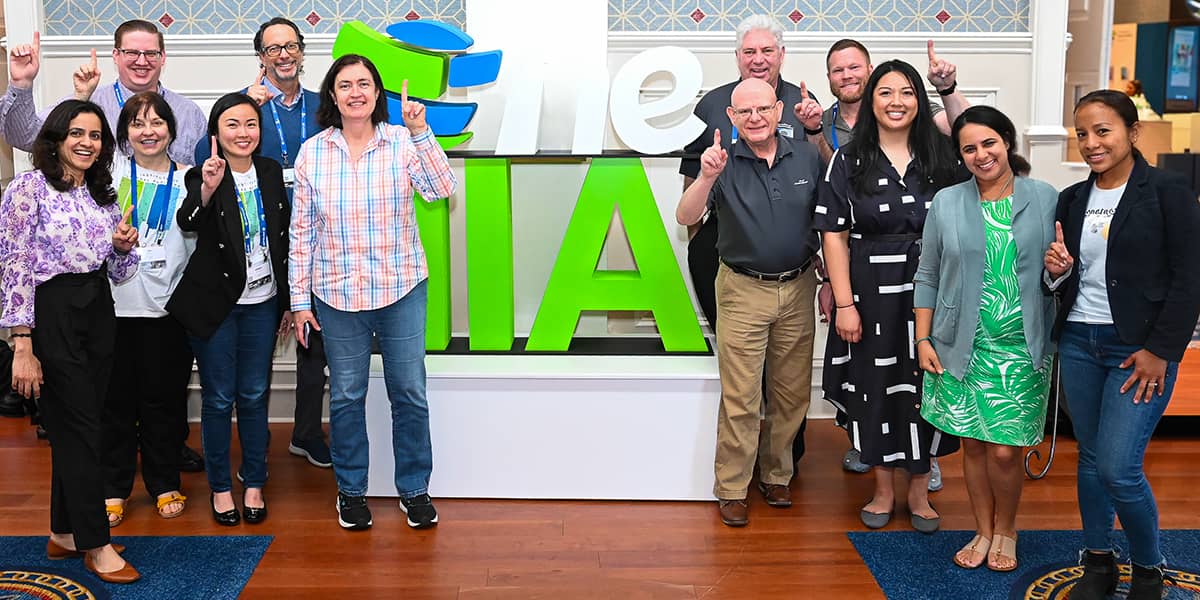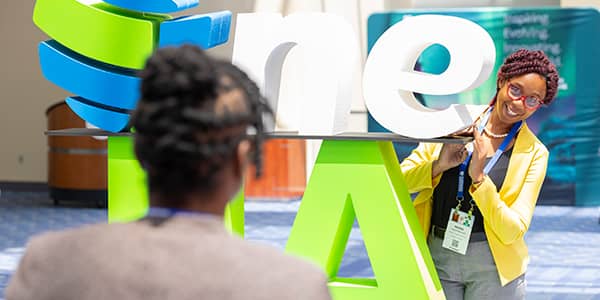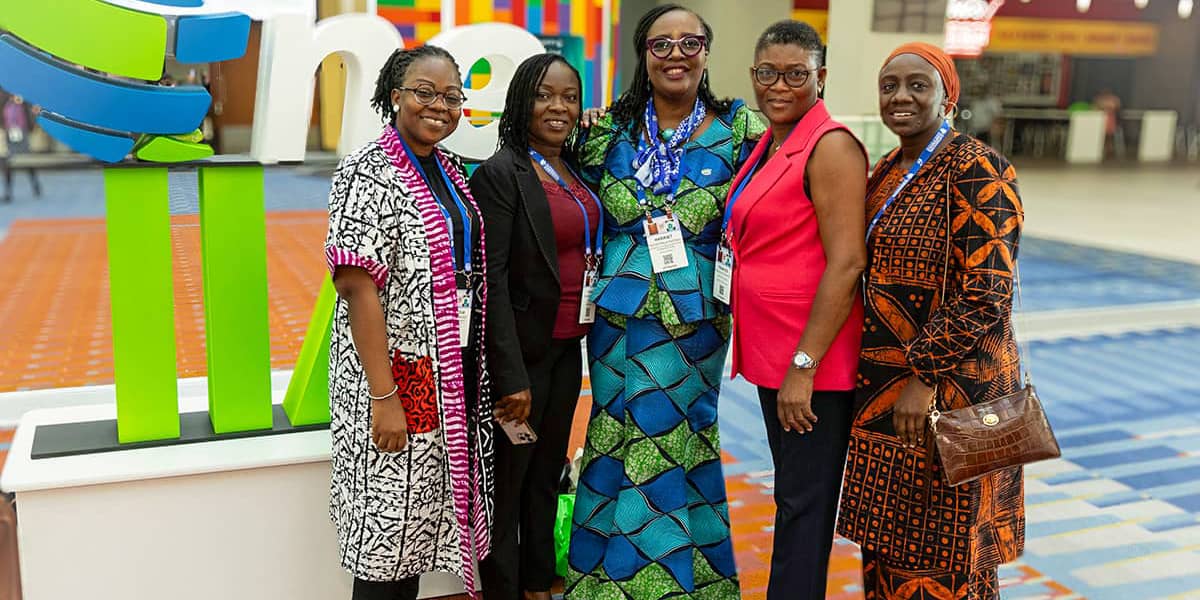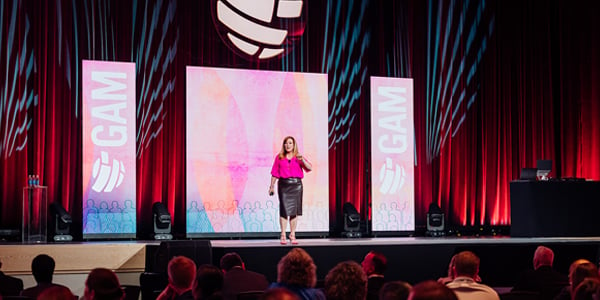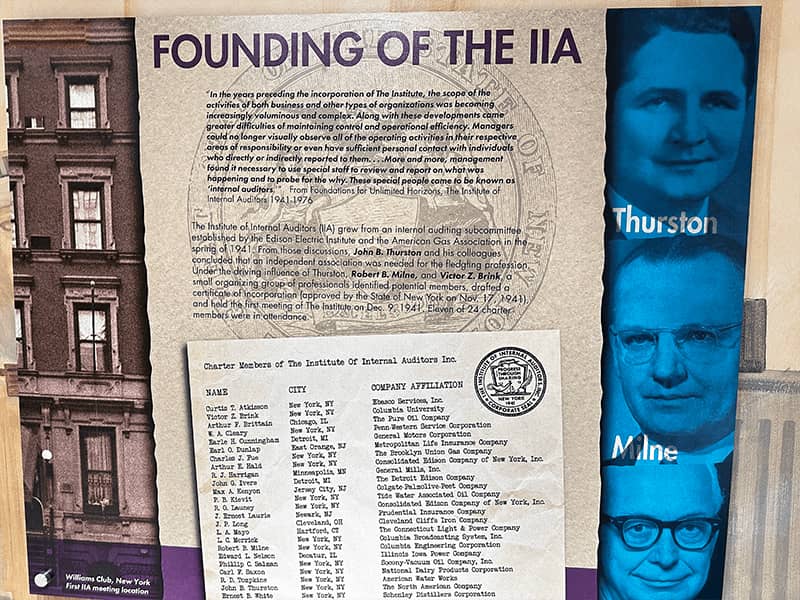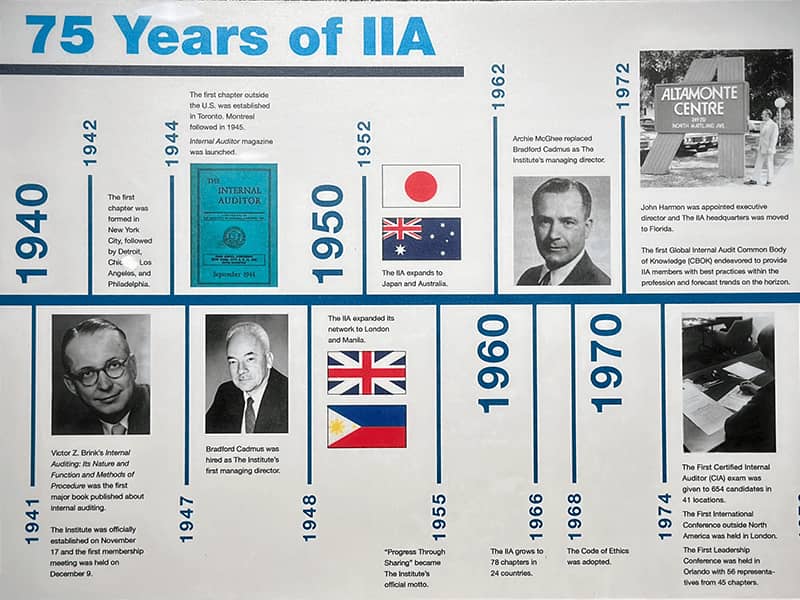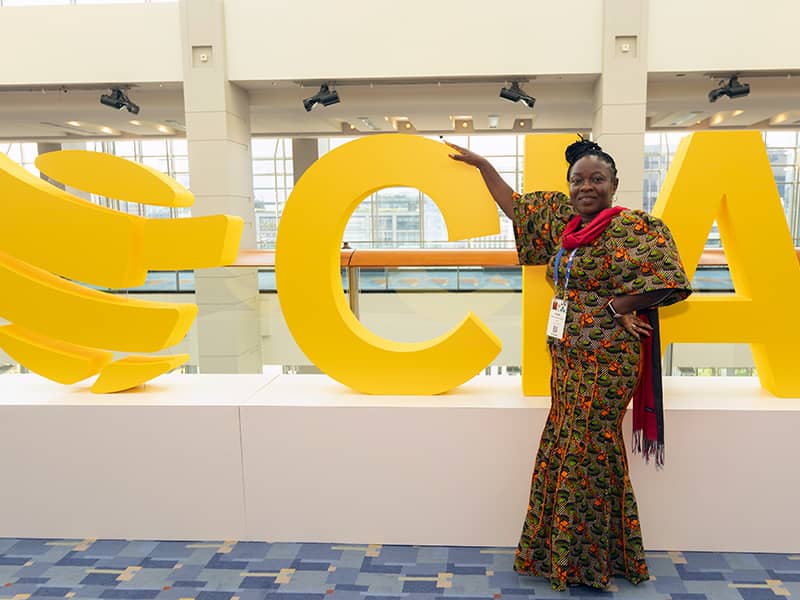Since 1941, The Institute of Internal Auditors has been the global leader in advancing the internal audit profession.
As the author and curator of the Global Internal Audit Standards™, The IIA is the profession's only source for certification, education, research, and guidance.
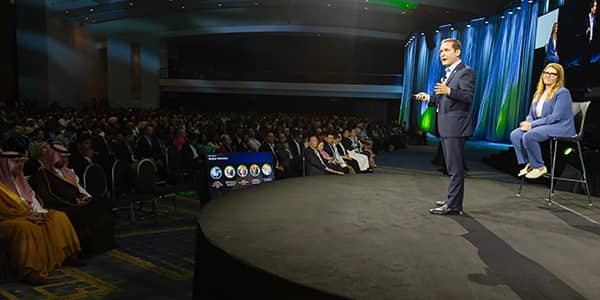
The IIA Global Leadership Team
Internal audit profession leaders from around the world make up a diverse and experienced global team.
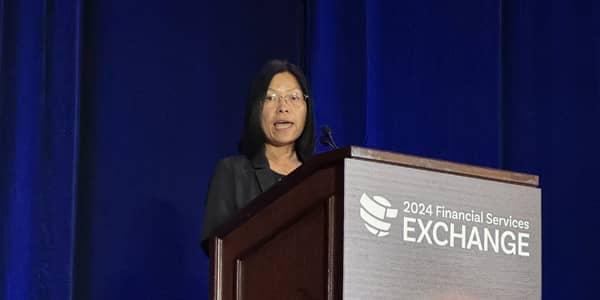
Global Advocacy
The IIA is committed to protecting and advancing laws and corporate governance policies which are in the best interests of the internal audit profession around the world.
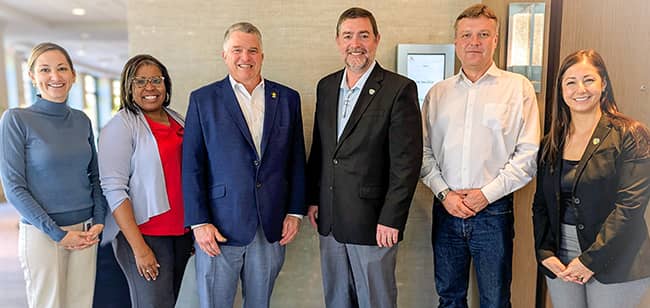
Internal Audit Academic Alliance Programs
Partner with The IIA and the Internal Audit Foundation through a global academic partnership program.
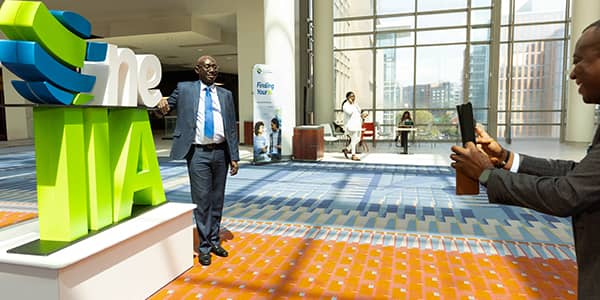
IIA Chapters & National Institutes
The IIA is a global professional association that represents more than 260,000 members, over 140 chapters, and 117 institutes in more than 170 countries and territories.

Our Mission
The mission of The Institute of Internal Auditors is to advance the internal auditing profession and support internal auditors through:
- Promoting the value of internal auditing in business and government.
- Providing world-class professional education and certification programs.
- Advancing industry research on best practices in risk management, compliance, and governance.
- Bringing together internal auditors globally to foster collaboration and innovation.
We believe that strong internal audit practices create stronger organizations and a more accountable business environment.
